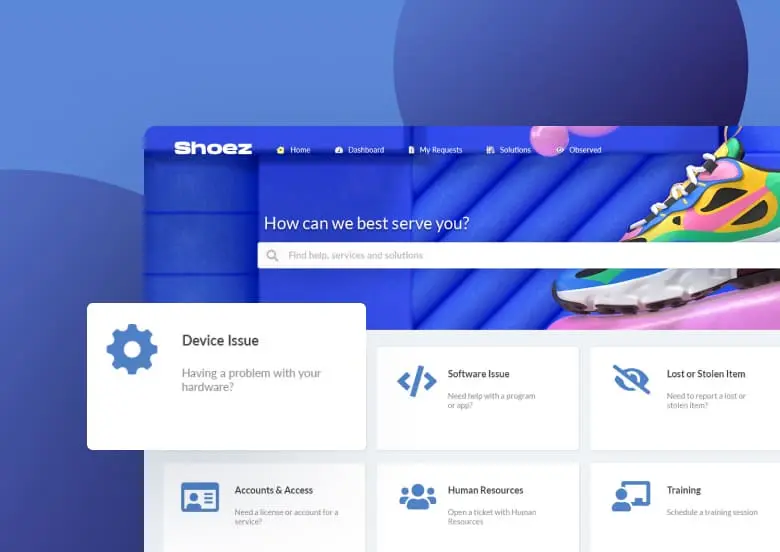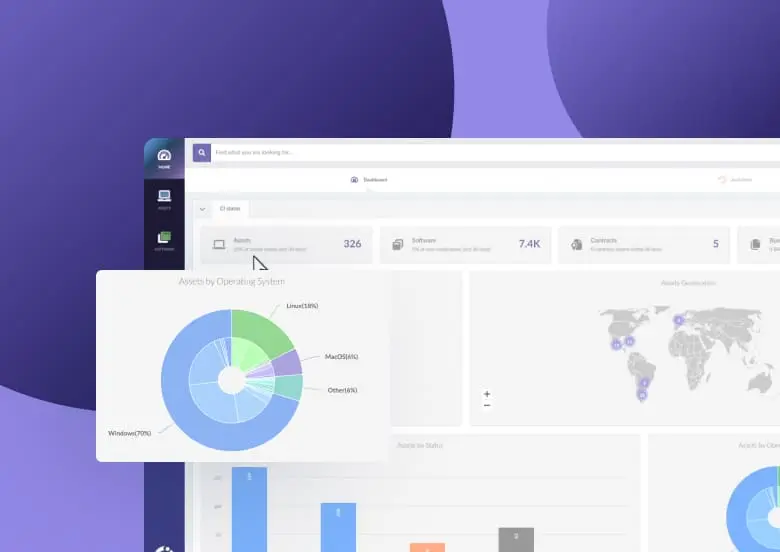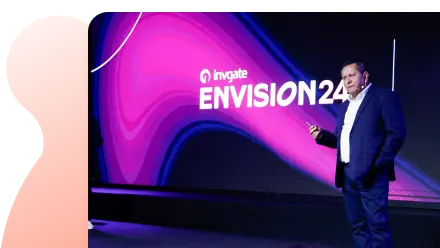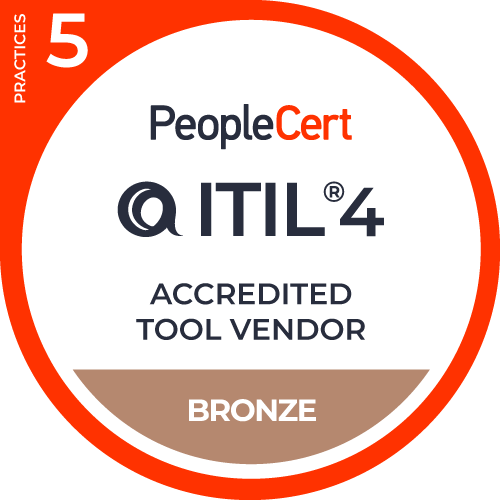Managing IT assets can be overwhelming. With the IT Asset Management (ITAM) industry constantly evolving, there’s always something new to learn—from experts, peers, and hands-on experience. That’s where IT Asset Management best practices come into play.
While there are many ITAM best practices out there, not every company follows them to the letter. In reality, most IT teams adapt these guidelines to fit their specific business needs. So, instead of giving you a rigid rulebook, we’ve compiled 9 IT Asset Management best practices and useful tips to help you refine your approach. Take what works, tweak what doesn’t, and make ITAM work for you.
Ready? Let’s dive in!
#1: Assess and define objectives
Before diving into IT Asset Management tools and strategies, take a step back and assess what problems you actually need to solve. Too often, IT teams implement solutions without first defining their objectives, leading to unnecessary complexity or wasted resources. To avoid this, follow a structured approach:
- Identify pain points – What challenges are you actually facing in ITAM? Are you struggling with tracking assets, License Management, or lifecycle visibility?
- Set clear objectives – Are you aiming for better automation, improved reporting, or reduced human error? Define your priorities.
- Evaluate existing processes – Understand what’s working and what needs improvement before committing to a solution.
By clarifying your needs upfront, you can make informed decisions about which ITAM tools and processes will truly benefit your organization—rather than solving problems that don’t exist. A clear strategy leads to more efficient implementation, better ROI, and a system that actually works for your team.
#2: Decide between in-House ITAM or an MSP
Many organizations assume they need an in-house ITAM strategy or even a custom-built software solution—often without proper research. However, jumping to conclusions too quickly can lead to unnecessary challenges. A thorough analysis may reveal that a Managed Service Provider (MSP) could effectively meet your needs instead.
In-house ITAM offers full control, allowing for custom processes and deeper integration, while an MSP handles asset tracking, monitoring, and automation externally, making it a great option for companies with limited IT resources. The best practice is to evaluate your needs, resources, and long-term goals before making a decision. Whether you choose an in-house approach or outsource ITAM, the priority should always be to have a structured and scalable process in place.
#3: Consider implementing a dedicated ITAM tool
I recently came across a Reddit post discussing how much time IT Asset Management takes. It also highlighted the importance of moving away from using an Excel for IT Asset Management—and there’s no doubt this is a best practice worth adopting.
Ditching manual methods in favor of specialized ITAM software, like InvGate Asset Management, is a great option for several reasons. First, it frees up your IT team’s time, allowing them to focus on more strategic tasks instead of wrestling with outdated spreadsheets. It also minimizes the risk of human error, which is all too common with manual tracking.
And finally, it offers significant advantages in terms of accuracy, scalability, and visibility. With automated ITAM tools, you get instant insights into your IT assets, ensuring compliance, optimizing costs, and making data-driven decisions. Plus, many modern ITAM solutions integrate with other IT Service Management and security tools, further streamlining operations.
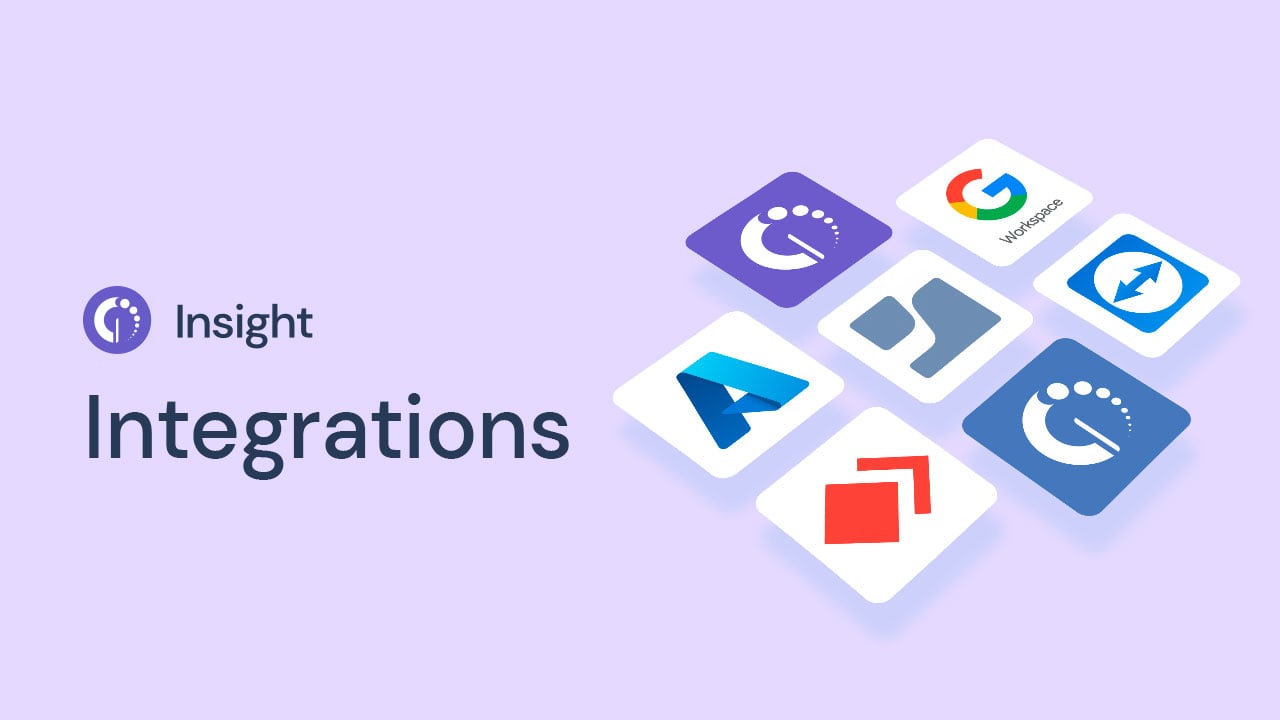
The InvGate Asset Management Integration Cheat Sheet
#4: Build an IT Asset Lifecycle that works for your organization
IT Asset Lifecycle Management shouldn’t be rigid. Instead of replacing devices on a strict timeline, organizations are shifting toward maximizing asset lifespans to optimize costs and reduce unnecessary waste. Financially savvy ITAM strategies now focus on keeping hardware in use for as long as it performs effectively, rather than following arbitrary refresh cycles.
This shift was highlighted by David Foxen, a leading IT Asset Management consultant and guest on episode 64 of Ticket Volume - IT Podcast. Foxen explained how the pandemic changed organizations’ approach to hardware, forcing them to rethink asset replacement and embrace the value of pre-loved devices.
“Even in the first few weeks of Covid, we would have complaints from people saying, ‘This isn’t new, this looks rubbish,’ but then they realized it still does the job. That mentality has carried on now—people are far more used to getting pre-loved hardware rather than demanding a brand-new, shiny device.”
David Foxen, Lead consultant at SAM Beast Consulting Ltd
This practical mindset is helping organizations extend the lifecycle of IT assets, cut costs, and make smarter hardware decisions. Instead of assuming replacement is always the answer, IT teams should assess performance, repurpose equipment where possible, and invest in long-term sustainability.
#5: Automate everything that can be automated
Manual IT Asset Management is a thing of the past. Modern ITAM tools, like InvGate Asset Management, offer automation capabilities that reduce repetitive tasks, eliminate human error, and keep asset data accurate without constant manual updates.
With agent-based and agentless tracking, InvGate Asset Management provides asset monitoring, automated data collection, and detailed Inventory Management to ensure IT teams always have up-to-date information. Its automation features streamline asset tracking, optimize resource allocation, and support compliance efforts—reducing manual workload and improving decision-making.
By automating ITAM processes, IT teams can focus on strategic initiatives instead of time-consuming tracking and maintenance. When choosing an ITAM tool, automation should be a top priority—and with features like automated asset discovery and updates, InvGate Asset Management makes it easier than ever.
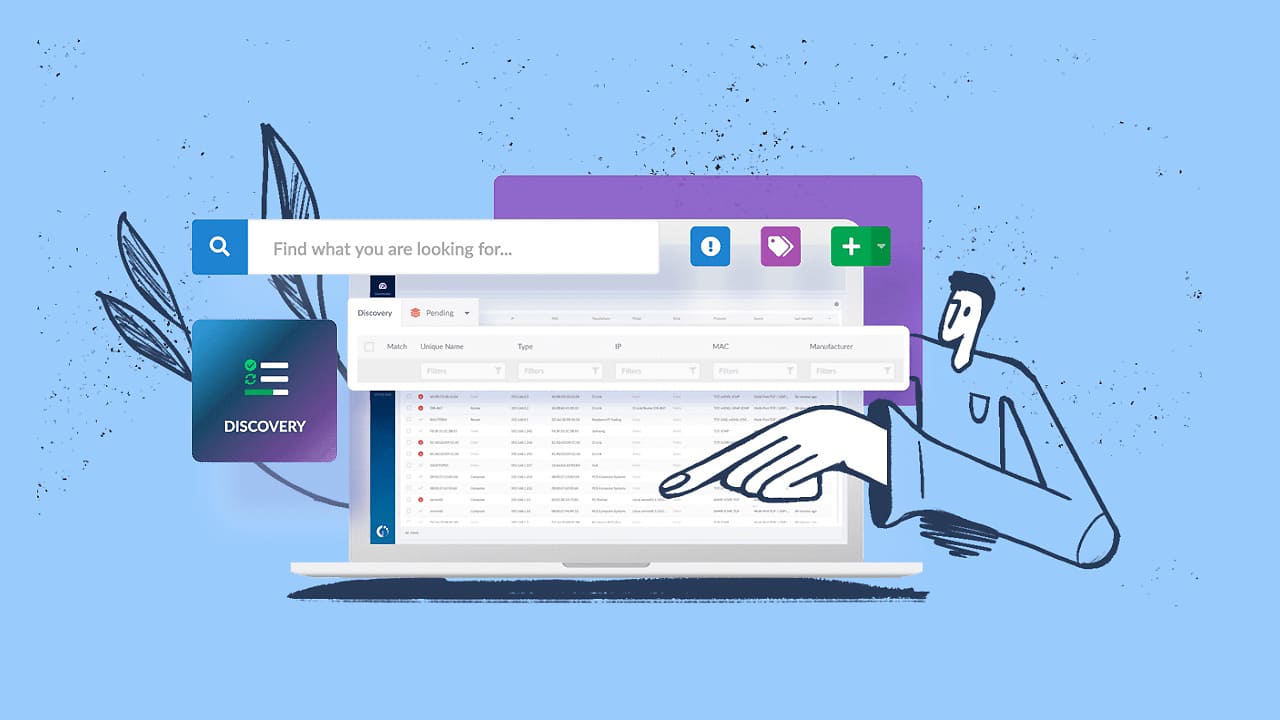
IT Asset Discovery: What is it, How it Works, And Why You Need it
#6: Equip your IT team with what they actually need
IT teams work best when they have the right tools—not necessarily the most expensive ones, but those that actually help them do their jobs efficiently. A well-planned ITAM strategy ensures employees have access to what they need without excessive red tape or wasted resources.
- Prioritize essential tools – Not every request needs a high-end solution, but critical equipment should meet performance expectations.
- Allow flexibility where it matters – Some roles require specialized hardware or software. A rigid approach can hurt productivity.
- Streamline small asset distribution – Consider that not everything needs to go through a ticketing process. Minor, low-cost items should be easy to replace without unnecessary approvals.
By balancing structure with practicality, IT teams can focus on efficiency rather than navigating unnecessary approval processes for everyday needs.
#7: Smart budgeting for IT Asset Management
Trying to justify a budget requests can be overwhelming and frustrating, especially when large-scale replacements create major financial spikes. Here is a useful tip: a smarter approach is to spread out purchases over time, making costs more predictable and easier to approve.
Instead of waiting for a massive refresh cycle that demands a huge budget all at once, consider incremental updates based on performance and necessity. This approach helps:
- Prevent budget shocks and resistance from leadership.
- Ensure a steady flow of updated assets without sudden gaps in functionality.
- Keep IT spending aligned with business needs rather than arbitrary cycles.
At the same time, not all assets need the same lifecycle. Some equipment can run longer, while other tools may require more frequent updates. Developing a structured but adaptable budgeting strategy ensures IT investments make sense—both for the team using them and for the business funding them.
#8: Bridge the gap between Hardware and Software Asset Management
ITAM is most effective when hardware and software are managed together, not in silos. Many organizations struggle with Hardware Asset Management (HAM) because they focus too much on software compliance, overlooking the critical role that physical devices play in licensing, security, and Lifecycle Management.
As Foxen pointed out on Ticket Volume, companies often neglect proper hardware tracking, which then leads to gaps in Software Asset Management (SAM). Without a clear record of where hardware is and how it’s being used, software oversight becomes much harder to maintain.
By ensuring HAM and SAM work hand in hand, IT teams gain a clearer picture of asset utilization, improve compliance, and optimize costs across the board.
#9: Make IT Asset Management a UX priority
IT Asset Management it's also about ensuring employees have the tools they need, when they need them. Think of it this way: employees expect seamless access to hardware and software, just like they do with consumer apps and technology.
During his appearance on Ticket Volume, Foxen emphasized how modern ITAM is shifting away from a rigid compliance mindset and focusing more on employee experience. New generations of workers, used to instant access on their phones, expect the same efficiency from IT.
“The new generation is used to having everything instantly. So how can we provision software and hardware in a really quick time while still remaining compliant? It’s a big shift, but one that makes ITAM far more valuable.”
David Foxen, Lead consultant at SAM Beast Consulting Ltd
By designing ITAM strategies that prioritize speed, efficiency, and user experience, organizations can boost productivity, minimize frustration, and build stronger engagement with their IT teams.
Wrapping up
Effective IT Asset Management isn’t about following rigid rules. On the contrary, it’s about adapting best practices to fit your organization’s unique needs. These IT Asset Management best practices and useful tips are meant to guide you through that complex (but exciting) process.
Whether you're refining an existing approach or starting fresh, flexibility, automation, and continuous improvement are key. ITAM is always evolving, and staying proactive ensures your strategy keeps pace. Now’s the time to take your IT Asset Management to the next level!
